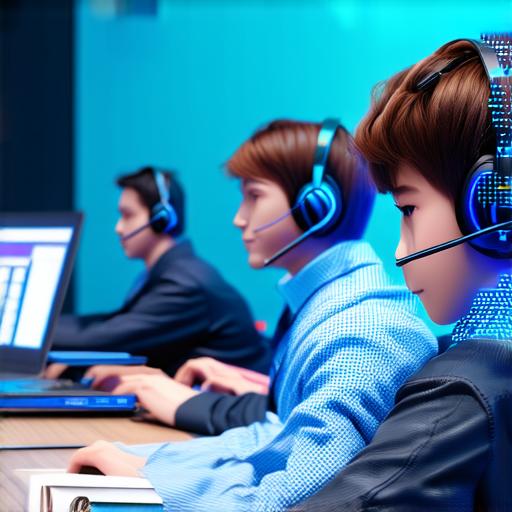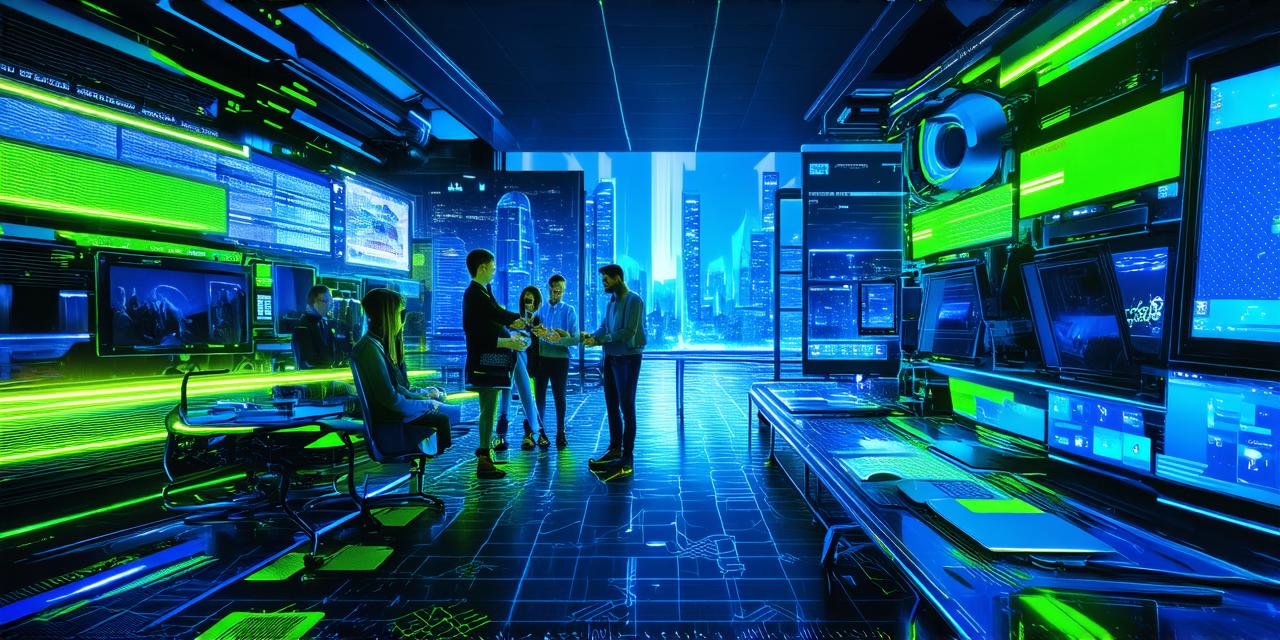Augmented virtual reality (ARVR) is an emerging technology that combines computer-generated graphics with real-world environments to create immersive experiences. In recent years, ARVR has gained popularity in various industries, including education. By integrating ARVR into classrooms, educators can provide students with interactive and engaging learning experiences that can enhance their understanding of complex concepts.
Improving Understanding of Complex Concepts
One of the main advantages of ARVR in education is its ability to help students understand complex concepts more easily. By creating 3D models of objects or environments, ARVR can provide students with a visual representation of what they are learning.
For example, the University of British Columbia in Canada has been using ARVR technology to teach medical students about anatomy and surgery. Students wear VR headsets while they perform virtual surgeries on 3D models of human anatomy. This allows them to practice surgical procedures in a safe and controlled environment, without risking harm to real patients.
Enhancing Creativity and Imagination
Another benefit of ARVR in education is its ability to enhance creativity and imagination. By providing students with a virtual environment that they can explore and interact with, ARVR can stimulate their imagination and encourage them to think creatively.
The use of ARVR in education has been shown to increase student engagement and motivation. Students are more likely to be engaged when they are using technology, and ARVR provides an opportunity for them to interact with learning materials in a fun and interactive way. This can help students develop a love of learning, which is essential for success in school and beyond.
Improving Accessibility for Students with Disabilities
ARVR has the potential to improve accessibility for students with disabilities. By providing students with visual or kinesthetic cues that are not possible with traditional learning methods, ARVR can help students with disabilities better understand and retain information.
For example, a study published in the journal Frontiers in Education found that students with autism spectrum disorder (ASD) had improved social skills when they used VR technology to practice social interactions. By creating virtual scenarios that simulated real-world situations, students with ASD were able to practice their social skills in a safe and controlled environment.
Case Study: The use of ARVR in Classrooms
One company that is using ARVR technology to improve educational systems is Nearpod. Nearpod provides VR headsets and software that allows teachers to create immersive learning experiences for their students. By providing students with virtual field trips, simulations, and other interactive experiences, Nearpod can help students develop a deeper understanding of complex concepts and enhance their creativity.
One example of Nearpod’s work is their collaboration with the National Museum of African American History and Culture (NMAAHC) in Washington D.C. Nearpod created a virtual tour of the museum that allowed students to explore its exhibits in 3D, using VR headsets. This allowed students to learn about African American history and culture in an immersive and engaging way.

